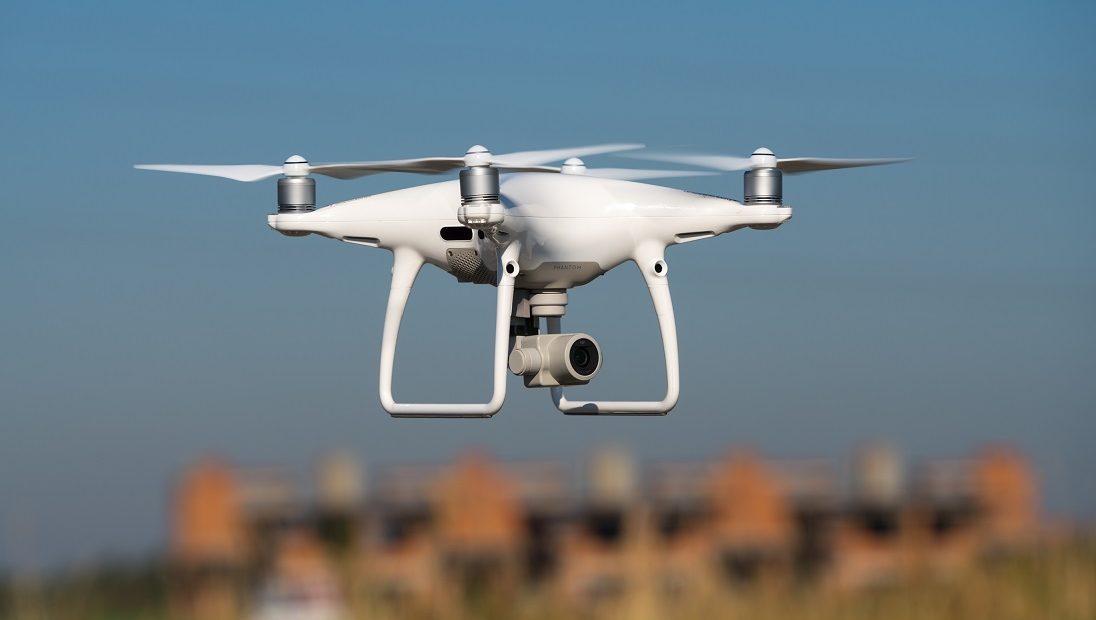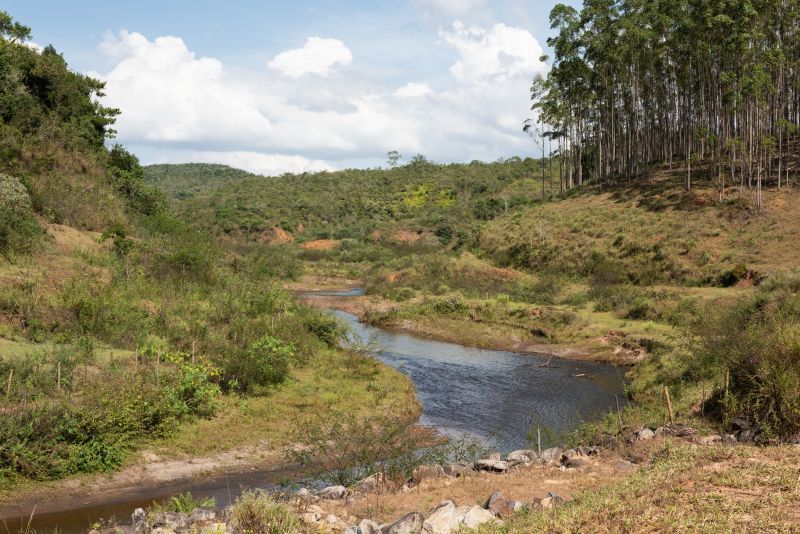In the early morning hours of November 5, 2015, a dam breach in Brazil unleashed a colossal wave of mud and toxic waste, devastating the small town of Bento Rodrigues and claiming lives while wreaking havoc on the environment. The Mariana dam disaster, one of the worst industrial catastrophes in recent history, left behind a complex tapestry of questions about safety, accountability, and technological oversight.
As the world grapples with the implications of such tragedies, a pressing inquiry emerges: could advanced technology—specifically, innovations in data analysis, engineering, and monitoring systems—have served as a bulwark against this calamity? This article delves into the potential of modern technologies to enhance structural integrity and risk assessment, while pondering whether their integration into dam management could have altered the fateful course of events in Mariana. Through a thorough examination of the past and possibilities for the future, we seek to illuminate the lessons learned and the steps that might be taken to safeguard against similar disasters.
The Mariana Dam: Background and Overview

The Mariana Dam, a colossal structure nestled in Brazils mineral-rich landscape, has become synonymous with catastrophic failure and environmental devastation. Constructed in the early 2010s, it was initially hailed as a marvel of modern engineering, designed to harness and store vast amounts of water while supporting the burgeoning mining industry.
However, just a few short years after its completion, disaster struck. On November 5, 2015, the dam experienced a catastrophic breach, unleashing a torrent of toxic sludge that cascaded through the small town of Bento Rodrigues, obliterating homes and claiming lives.
This tragedy not only raised urgent questions about the operational integrity of such facilities but also ignited a fierce debate about the role of advanced technology—could better monitoring systems and predictive analytics have forestalled this disaster? The Mariana Dam stands as a sobering reminder of the potential perils lurking behind even the most innovative engineering feats.
Predictive Analytics and Early Warning Systems

Predictive analytics and early warning systems could have dramatically altered the fate of the Mariana Dam, potentially averting disaster. By harnessing vast amounts of environmental data, sophisticated algorithms might have identified subtle patterns indicating structural weaknesses before they became catastrophic.
Imagine a scenario where real-time monitoring systems, equipped with sensors and advanced analytics, could predict impending failures in the dams integrity. These technologies could have sent urgent alerts that warranted immediate inspections or interventions.
Instead of waiting for the alarming signs of distress, a proactive approach using data analytics might have created a crucial safety net. The capability to analyze the interplay of variables—rainfall, soil saturation, and dam pressure—could provide insights not only about current conditions but also about future risks.
In essence, embracing such advanced methodologies represents a powerful shift from reactive responses to a culture of foresight and prevention, underscoring the need for integrating technology in critical infrastructure management.
The Role of Drones and Remote Sensing

The integration of drones and remote sensing technologies has emerged as a transformative force in the realm of environmental monitoring and disaster prevention. In the context of the Mariana Dam disaster, these advanced tools could have provided critical insights into the dams structural integrity and surrounding geological conditions.
Drones, equipped with high-resolution cameras and sensors, can capture real-time data from angles and locations that are often inaccessible or dangerous for human inspectors. Coupled with remote sensing technologies, which analyze satellite or aerial imagery to detect changes in landscape and water levels, this synergy allows for a comprehensive assessment of risk factors.
Gone are the days when manual inspections were the only line of defense; now, thanks to the speed, accuracy, and flexibility of drones, we can detect potential failures before they escalate into catastrophic events. The potential of these technologies is immense, ushering in a new era of proactive rather than reactive management of our critical infrastructure.
Conclusion
In conclusion, the tragic Mariana Dam disaster serves as a poignant reminder of the pressing need for advanced technologies in the monitoring and management of mining operations. The failure of Samarco barragem not only resulted in devastating environmental consequences but also highlighted significant gaps in safety protocols and risk assessment practices. While it is impossible to undo the past, embracing innovative solutions such as real-time monitoring systems, predictive analytics, and automated safety mechanisms could significantly mitigate the risks associated with similar infrastructures in the future.
By investing in these advanced technologies, we can aim for better environmental stewardship and protect communities from the potentially catastrophic repercussions of such preventable disasters.


